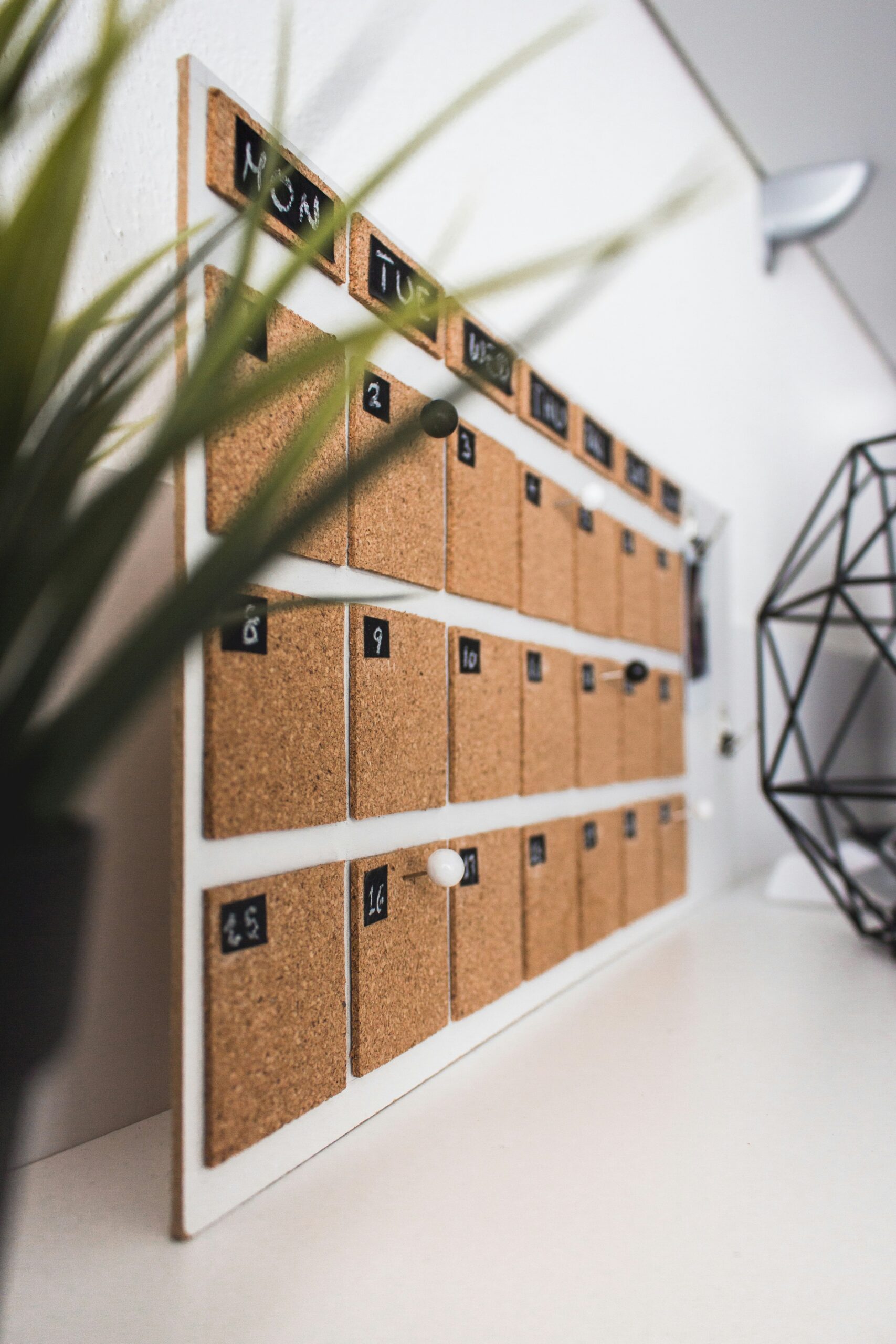Mastering Dates: A Simple Yet Essential Developer Skill
Have you ever found yourself battling with date formats? Whether it’s converting MM/DD/YYYY to DD-MM-YYYY or ensuring time zones align, working with dates can feel like solving a complex puzzle. This is exactly why I decided to rebuild a Date Formatter Tool—a practical coding project that transformed my understanding of JavaScript, React, and problem-solving.
In this blog post, I’ll walk you through the journey of creating a Date Formatter Project. From planning its features to overcoming challenges, and reflecting on its value, I’ll show you how this project became a practical tool for real-world problems.
Planning the Date Formatter: Building a Blueprint
Before diving into the code, I started with a simple question: What features does a great date formatter need?
I brainstormed and mapped out the following:
- Formatting Options: Support for multiple formats, such as:
- MM/DD/YYYY
- DD-MM-YYYY
- ISO 8601 (YYYY-MM-DDTHH:mm:ssZ)
- Parsing Flexibility: The tool needed to handle a variety of date inputs, like “Feb 10, 2025” or “2025-02-10.”
- Localization: Support for different time zones and locales for international users.
- Customization: A user-friendly UI where users could toggle options like 24-hour vs. 12-hour time.
This planning stage reminded me of my “How to Set Realistic Learning Goals as a Beginner Programmer“ post, where I emphasized breaking projects into manageable tasks.
Developing the Date Formatter Tool: JavaScript in Action
The backbone of the project was writing clean and reusable JavaScript code. Here’s how I tackled it:
- Parsing Dates: Using Date.parse() and Date objects to convert input strings into standard formats.
- Formatting Dates: Leveraging the Intl.DateTimeFormat API for customizable formats. Example:
const formatDate = (date, locale = 'en-US', options) =>
{
return new Intl.DateTimeFormat(locale, options).format(new Date(date));
};- Handling Edge Cases: Invalid inputs like “32/01/2025” or ambiguous formats are flagged using conditionals and error messages.
This phase taught me the importance of debugging. My experience debugging this project echoed the lessons from “Master Debugging with These Essential Tips for Beginners.”
React to the Rescue: Breaking Functionality into Components
Creating a React-based interface was the next step. React allowed me to break down the tool into reusable components:
- DateInput Component: Captures user input for dates.
- FormatSelector Component: Dropdowns for selecting formats and locales.
- OutputDisplay Component: Displays the formatted date dynamically.
React’s state management and props flow made it easy to handle user interactions. My journey with React started in “Understanding JavaScript Frameworks: React and Why I Chose It.”
Overcoming Challenges: Edge Cases and Complexity
No project is complete without its share of hiccups. Here’s what I encountered:
- Ambiguous Formats: How should “01/02/2025” be interpreted—January 2nd or February 1st?
Solution: A dropdown for users to specify their preference. - Time Zones: Formatting dates for global users required learning about Intl API options.
- Testing: I created mock inputs and tested edge cases like leap years and daylight savings transitions.
Reflection: The Value of Practical Coding Projects
Building the Date Formatter Project reinforced the importance of creating tools that solve real-world problems. This isn’t just a portfolio piece—it’s a demonstration of problem-solving, technical growth, and user-centric design.
Projects like this serve as stepping stones toward more complex applications. For example, my “Cash Register Game: Combining Fun and Functionality in a Portfolio Project” showcased my ability to gamify functionality while solving practical issues.
FAQ: Answering Your Questions
Q: Why choose a Date Formatter as a project?
A: Dates are frequent, in applications. Mastering date manipulation demonstrates a practical understanding of JavaScript and React.
Q: How did you manage the learning curve with JavaScript dates?
A: By breaking the task into smaller goals and referencing external resources like MDN’s JavaScript Date Guide.
Q: Can I try building this project too?
A: Absolutely! Start by mapping out basic features, then tackle parsing and formatting logic in JavaScript before adding a React UI.
What About You?
Have you ever struggled with handling dates in your projects? If you could add one feature to a Date Formatter, what would it be? Let me know in the comments below or connect with me on Code with Malie.
Let’s connect!
Building projects like the Date Formatter Tool is more than a learning experience—it’s about creating practical solutions. If you’re inspired, share your project ideas or coding journey with me on Code with Malie. Let’s grow together as developers!


One response to “Date Formatter Project: Simplifying Time and Date Manipulations with React”
[…] This experience ties into what I learned when building my portfolio and working with other JavaScript projects like my “Date Formatter Project: Simplifying Time and Date Manipulations with React“. […]